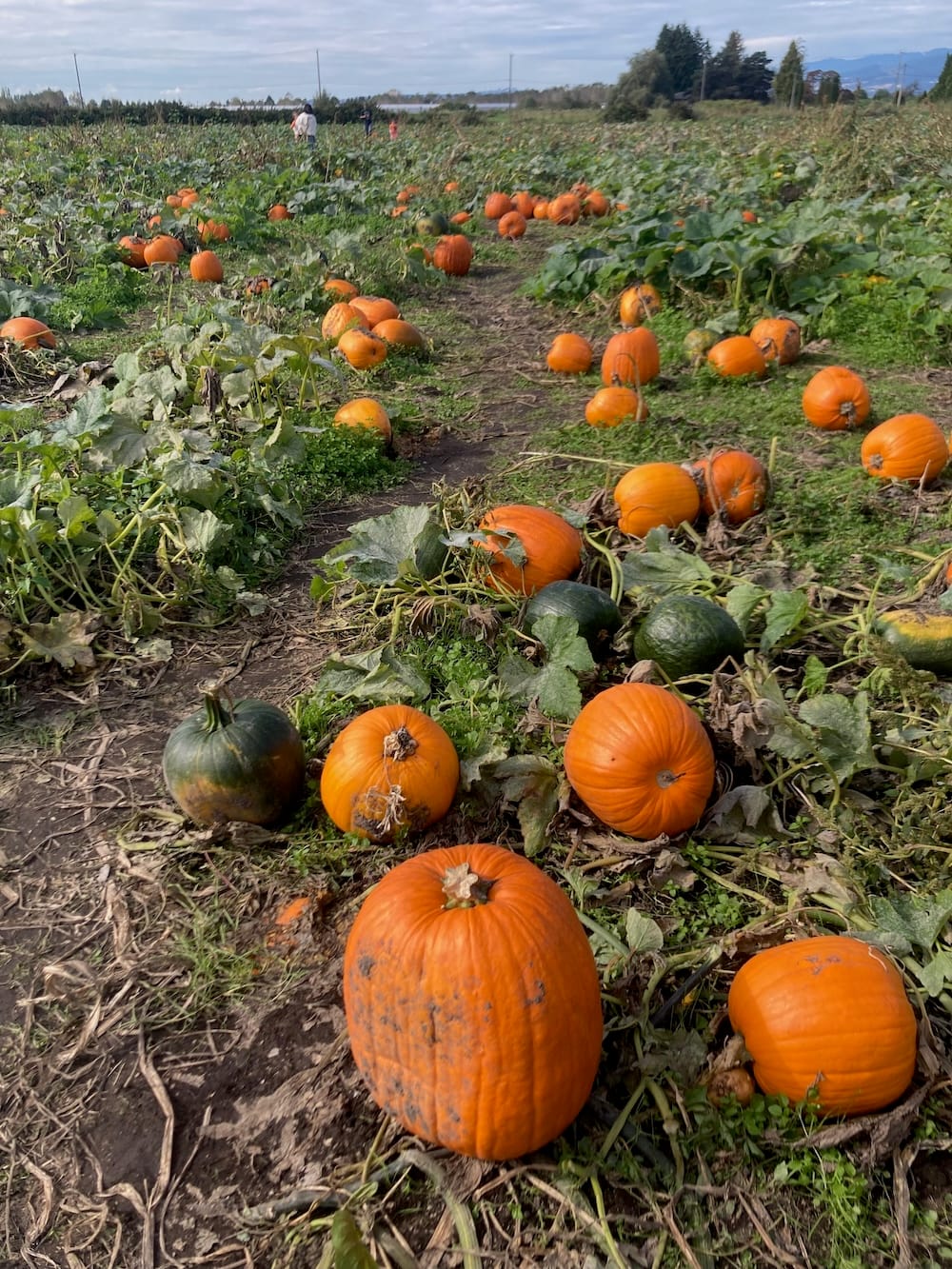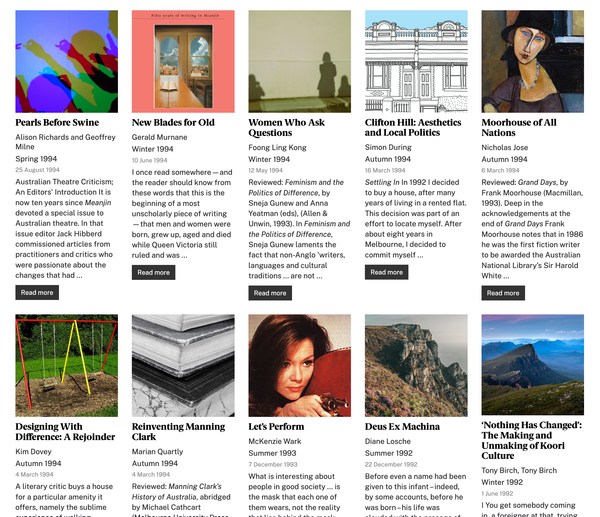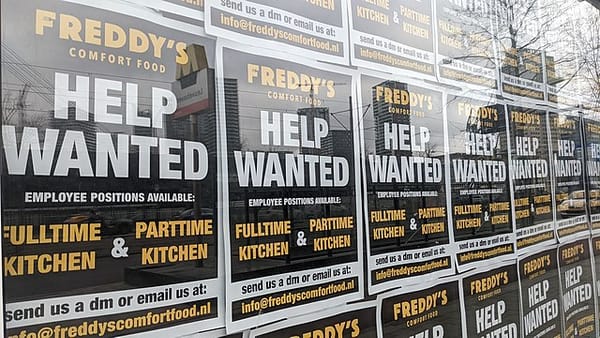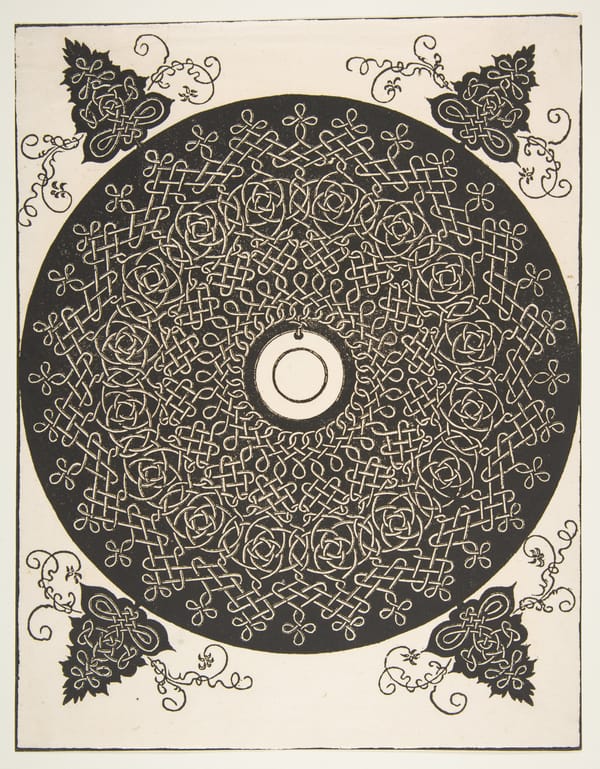Pumpkin Season
Miscellaenous texts, occasional writings, anthologies, beefs, trauma, birds

Too bad Cameron Hurst's piece on the invite-only Garner symposium hosted by the Forrest Research Foundation in July is paywalled at The Paris End. 'Dear Boss' is a gossipy and hilarious piece of occasional writing, a neglected genre in contemporary Australian letters. Given so much Australian criticism is blighted by failures to disclose pre-existing deep affections and attachments, the pleasure this piece takes in such disclosures and associated projections is infectious.
In the boardroom, everyone began to choose their seats, setting down their laptops and water bottles on wide desks arranged in a U-shaped formation. I entered the room alone, taking a seat in the front corner. I thought it would be a good spot to recede into the background as a voyeuristic reporter, as opposed to an active paper-giver (I had been asked along to write about the gathering). Then Helen Garner sat down immediately to my right. “I love your shoes,” she said. I almost vomited. “Thanks,” I replied, looking down at my silver ballet flats. “I got them on sale.” (The imagined diary entry: Her silver ballet flats bely a jauntiness lacking in her conversation.) Instead of her favoured overalls, Helen wore a purple cardigan, blue denim jeans, and hiking boots. Spectacles hung on a string around her neck. Merve entered the room, and took a seat to the right of Helen. She also wore blue jeans. Unlike Helen’s, Merve’s jeans had a decisive rip across one leg, exposing a smooth knee. She wore her long, glossy black hair out. Over the course of the symposium, Merve could often be seen typing intensely on her laptop—she had a Goethe essay for The New Yorker due. She’s in her late 30s. Helen is in her early 80s. They shared a warm familiarity.
Oh yes, Helen Garner was the guest of honour at the symposium devoted to her work, and yes, that Merve. So often dispatches from academia and literary culture are laced with bitterness and rancour, not unreasonable responses to endemic precarity. Different affects course through Dear Boss. Glimmers of conflict but also clothes, hair and a great deal of warm familiarity.
This is the second piece of light personal writing slash reportage to emerge from what I think of as Twiggy's Garner symposium. The first, 'Monkey Group,' was authored by Declan Fry and appeared in The Monthly. Cameron writes about hanging out with Declan; Declan writes about hanging out with Cam; both of them reproduce Tim Winton's keynote quip about the Sydney Review of Each Other's Books (sorry Tim!). Of course, it was a Melbourne-heavy invite list for the symposium, and of course, I wondered at the omission of some of HG's most attentive readers, but most of all I am, of course, curious as to whether each of the symposium's twenty-odd participants will, in the fullness of time, publish their own reflection on the proceedings, and if so, what kinds of tonal shifts may emerge in the aftermath.
(This last month has been a season of illness and distraction, I note, punctuated by an ever-escalating series of bureaucratic demands from two governments. Even though my attention has been, most of the time, elsewhere, the texts below snagged it.)
Nick Sturm's eulogy for The Best American Poetry contains many insights relevant to the small domain of Australian poetry and is useful for thinking about the dynamics between creative writing and English departments:
When we look down, rather than individual poets and publications, we see a unique aggregate of literary success, a wide and varied field that, though nominally inclusive and aesthetically disparate, is organized around one criterion: professionalization. Though Lehman does not use this word in his forewords to the anthology, the professionalization of poetry, primarily through MFA programs in creative writing, is the institutional undergirding of The Best American Poetry. As Lehman says in the anthology’s first volume, the boom in MFA programs provides his project with an expanding and receptive audience protected from the misguided teachings emerging from other parts of university English departments. In this sense, The Best American Poetry is a genre management project that drives a wedge between poetry and interdisciplinary intellectual culture. It powerfully insists on defining American poetry as a literary practice self-managed by the professional networks it privileges.
Genre management! There's lots in this piece about the way literariness is trafficked between giant publishers and small presses; Sturm argues that publishing The Best American Poetry effectively burnished Simon and Schuster's literariness, and allowed them to claim a sort of highbrow distinction otherwise missing from their list. This is certainly a prompt to consider how anthology publishing works in Australia, how it allows publishers to bring together a cohort of authors whose books they do not (or cannot or would never) publish, and capitalise on their credentials, whether identity, politics or literariness.
I'm working my way through Miriam Toews' back catalogue at the moment, after being knocked out by All My Puny Sorrows (2014), a totally excessive novel, a novel that smuggles ethical questions about our responsibilities to the people we love under cover of relentless mordant comedy, domestic chaos and whiplash-inducing shifts in register. It's a domestic novel, a medical thriller (sort of), a melodrama (sort of) and a work of autofiction; Toews uses the conventions of these genres as a way of stabilising her reckoning with suicide and suicidality. I found it both an easy read and actually shocking. Her most recent book, A Truce That Is Not Peace (2025), is a memoir that covers the events that were fictionalised in the earlier novel, that is, the suicide of her father and sister. Both books spend a lot of time on the banality and repetitiousness of family trauma. Lorrie Moore's review of A Truce That Is Not Peace in the NYRB uses Toew's book to enter into conversation with Parul Sehgal about the trauma plot:
“Trauma trumps all other identities, evacuates personality, remakes it in its own image,” Sehgal writes. This category of narrative, she states provocatively, thinking perhaps of psychoanalytic models, sends characters back into the past to “truffle for trauma.” But trauma is complex, not inherently reductive. Trauma doesn’t flatten characters, as Sehgal insists. It inflects and rewires them, sets them on changed journeys and puts them on new terms with their environment. Very little in today’s world is more important to consider. Romantic love, homeowning, influenza, kindergarten, any orientation week whatsoever, as well as most holiday office parties flatten character to a far greater degree than a “trauma plot,” for they reduce the availability of possible behaviors.
Here's Sehgal writing against the trauma plot in 2021, an essay that usefully unsettled some of the conventions about trauma writing in public criticism. If there's been a backlash against the trauma plot and trauma mining and trauma porn and so on, this is where it begins. Sehgal's essay, incidentally, was cited by Diana Reid as important to the formulation of her novel Signs of Damage, which I reviewed for Guardian Australia earlier this year.
This n+1 editorial on AI and large language machines is one of the best I've read on the topic (which is probably why it's been widely circulated). It issues a very sharp rebuke to all the LLM-curious commentary that has been published in recent months and makes a strong case for the agency of the reader (and the editor and critic) in identifying and responding to AI.
For publishers, editors, critics, professors, teachers, anyone with any say over what people read, the first step will be to develop an ear. Learn to tell — to read closely enough to tell — the work of people from the work of bots. Notice the poverty of the latter’s style, the artless syntax and plywood prose, and the shoddiness of its substance: the threadbare platitudes, pat theses, mechanical arguments. And just as important, read to recognize the charm, surprise, and strangeness of the real thing. So far this has been about as easily done as said. Until AI systems stop gaining in sophistication, it will become measurably harder. Required will be a new kind of literacy, an adaptive practice of bullshit detection.
Effectively, a call for close reading, for paying attention, and for continuing to read.
In the aftermath of Meanjin's closure, I and many others observed that the conditions for starting a new literary magazine in Australia were not promising. And yet Sovereign Texts has just launched, which will publish new work by Australian First Peoples. This new journal will published peer-reviewed scholarly writing about Australian First Peoples literature, as well as new literary work; 'Although we are a literary journal – focused on text-based storytelling, scholarly writing and critique – we acknowledge a broad range of storytelling practices and expanded notions of what First Peoples’ text is'. Dr Eugenia Flynn is the editor and publisher, flanked by general ed Bridget Caldwell-Bright. Graham Akhurst, Dr Evelyn Araluen and Associate Professor Crystal McKinnon are on the editorial board.
Minor Literature[s] is calling for submissions of minor beefs. This is objectively funny, and, to me, so are the caveats: 'we will not publish anything which calls out individuals, publications or publishing houses by name – be smart about how you deal with that – nor will we publish anything litigious'. Is the beef that dare not speak its name true boeuf?
I can't see myself crossing the border into the US anytime soon; no running in the Cascades, no gigs in Seattle, no afternoon missions to Trader Joes. This may be why I was so charmed by Listers, a birdwatching doco that is an artefact of contemporary stoner America, a kind of Whitmanian catalogue of birds and birdwatchers, of landscapes and decay, itinerancy and wonder. It's a movie about process: looking, naming, classifying, counting. Two brothers spend a year driving around the States, trying to log as many bird sightings as they can. They sleep in their van, they get high, they talk shit, they watch birds, they interview other birdwatchers, they immerse themselves in birding culture. One of them is a wildlife photographer, so low-res shaky camera diary footage is interspersed with gorgeous sharp images of American birds in their habitats. They find their birds in swamps next to prisons, in dumps and by highways, as well as in more majestic locations. It's not a perfect film by any means. The DIY/cut-up aesthetic is at odds with the film's savvy self-positioning in the media/influencer landscape. It is dude-heavy, but also challenges conventions about masculinity in the epoch of Jordan Peterson and Theo Von; for example, there's a bevy of tattooed 20-something Minnesota hockey players talking about their favourite birds. The film was shot before Trump was elected late last year and some of the friction points of that election are apparent in the interviews; a front in the war on woke turns out to be the naming of birds, for example. It's a film that wants to be a loving essay on contemporary America, and is mostly successful, but stops short of reckoning with how birdwatching subcultures, eccentric and utopian as they may be, are implicated in bigger conversations about diversity and climate change. Anyway, it worked for me. I saw it the week after I thrilled to One Battle After Another, whooping along with a full house in a crowded cinema, and this might be why I see it as a kind of parallel text to PTA's also not-perfect but extremely energising movie, a full-throated meditation on the weird, the beautiful, the dissident and the possible.
Oh, and I reviewed Desolation by Hossein Asgari for Guardian Australia.



